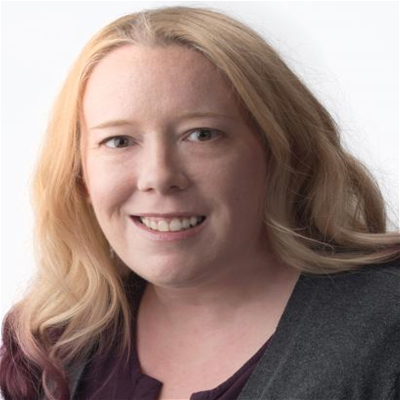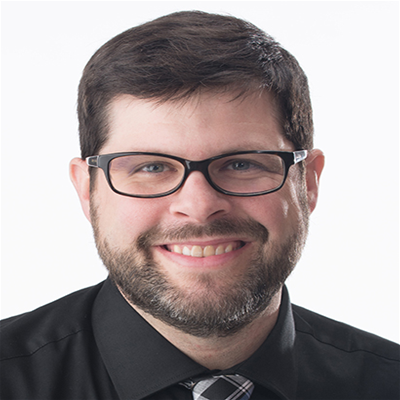The University of Nebraska swapped out traditional lectures for emporium style learning in its College of Journalism and Mass Communications in 2016. Katie Krcmarik, assistant professor of practice at the Lincoln, Nebraska, college believes the labs and in-class critiques meet the needs of both accelerated learners and those who need a little more handholding.
“A student who has done this before can accelerate through it rather than sitting in class bored,” she says. “The students who would struggle in a regular classroom can spend as much time as they need in the lab, getting as much help as they need.”

Krcmarik and co-presenters Alan Eno, assistant professor of practice, and Adam Wagler, assistant professor of advertising and public relations, will lead a UB Tech® 2020 session, “Rethinking Visual Communication Curriculum: The Success of an Emporium-Style Teaching Model,” on June 17.
The team will highlight how moving to an emporium-style teaching model allows students to leverage technology to solve real-world problems and provides experiences and techniques to help them become more effective storytellers without sacrificing the quality of student work.

Krcmarik admits that it took some tweaking to get the program right. The department opted to eliminate the exercises—the quick introductions to the skills needed for projects—and focus each module on the project itself. The exercises, she explained, were being neglected in favor of the more hands-on aspects of the class and added extra grading for instructors without providing significant learning advantages.
Over time, the modules also had to be adjusted to ensure each was the same amount of work: One module could be completed in an hour while another took up to nine hours for the same number of credits.
“Some assignments had to get more complicated and we had to back off on others,” she adds.

Migrating the visual learning curriculum online to deal with the coronavirus school closures has been easier than Krcmarik anticipated. Most of the lessons were adapted to online learning and instructors pivoted from using the equipment in the lab to asking students to complete projects such as recording interviews using common tools, including apps and free software available at home.
Krcmarik hopes the session encourages other schools to adopt emporium style learning in programs ranging from math to mass communications.

